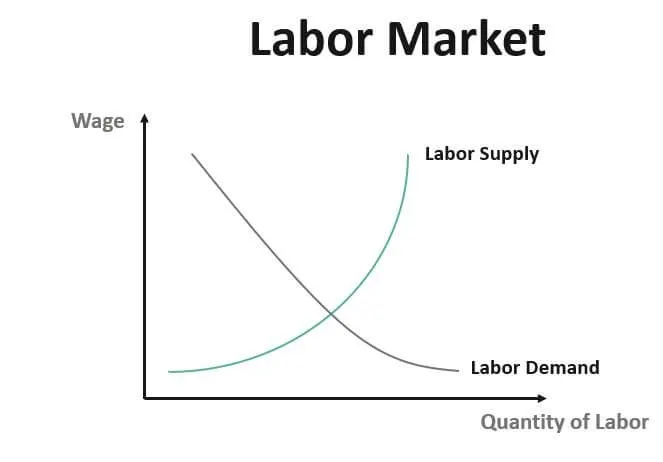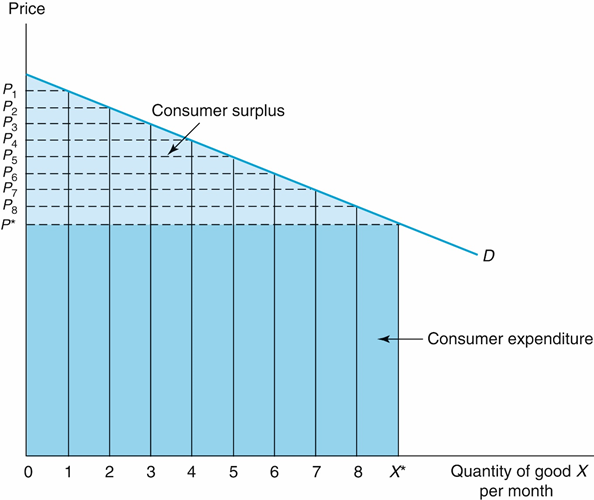divinetutors13@gmail.com
divinetutors13@gmail.com
The intermediate macroeconomics-1 enables students to analyze the macroeconomic performance of various countries using formal analytical tools. It also allows them to evaluate important macroeconomic policies and their implications.

Course Modules:
Wage determination; wages, prices and employment; natural rate of unemployment; from employment to output.
Derivation of aggregate demand and aggregate and supply curves; interaction of aggregate demand and supply to determine equilibrium output, price level and employment.


Philips curve; Okun’s law; adaptive and rational expectations; policy ineffectiveness debate

NOTE: The above modules give a rough idea about the topics covered in our Intermediate Macroeconomics-I course. Students will be given modules as per their respective Universities’ outlines after prior discussion. dseonline